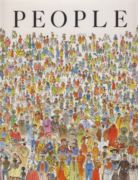
Emphasizes the differences among the four billion people on earth.

Emphasizes the differences among the four billion people on earth.
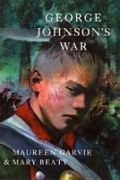
Young George Johnson lives in extraordinary times. His father is Sir William Johnson, one of the richest and most powerful men in colonial New York. His mother is Molly Brant, step-daughter of a Mohawk chief and sister of Iroquois leader Joseph Brant. George spends his early years in a grand mansion. Johnson Hall is a place where Native American culture comfortably mingles with European customs. But George’s life changes as the War for American Independence looms. Peter goes off to fight for the king against the rebel Americans, and the allegiance of the families of the Mohawk Valley are torn. After William Johnson’s death in 1774, Molly and Joseph urge the Iroquois nations to support the Loyalists. As rebel forces take over the valley, George and his family are forced to flee. Molly sends George to boarding school in Montreal, where he spends three miserable years. Finally, he persuades his mother to allow him to join in a last raid on Mohawk Valley. In a riveting climax, he experiences first-hand the inglorious brutality and futility of war, and struggles with what it means to be half Mohawk. And at last he learns the truth about his brother’s fate.

Examines a variety of dolls throughout the world, discussing how they have been used at different times and how they reflect the cultures that created them.

My First Book of Korean Words is a beautifully illustrated book that introduces young children to Korean language and culture through everyday words.
Featured in WOW Review Volume IX, Issue 3.

Learn to greet people around the globe in this interactive atlas of hellos.
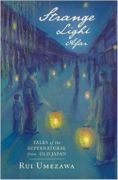
A bitterly jealous brother, a cold-hearted husband, a monk who mistakes desire for piety, a fraudulent merchant who meets his match in a supernatural river otter, a samurai who makes the ultimate sacrifice — the motives and pathologies underlying these traditional Japanese folktale characters are explored with haunting results.

Ships have sailed through human history for thousands of years. Sometimes, their dramatic voyages have even changed the course of the world–bringing cultures together in peace or conflict, playing a role in wars and revolutions, and transforming societies.
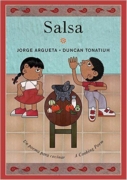
A young boy and his sister gather the ingredients and grind them up in a molcajete, just like their ancestors used to do, singing and dancing all the while. The children imagine that their ingredients are different parts of an orchestra, the tomatoes are bongos and kettledrums, the onion, a maraca, the cloves of garlic, trumpets and the cilantro, the conductor. They chop and then grind these ingredients in the molcajete, along with red chili peppers for the “hotness” that is so delicious, finally adding a squeeze of lime and a sprinkle of salt. When they are finished, their mother warms tortillas and their father lays out plates, as the whole family, including the cat and dog, dance salsa in mouth-watering anticipation.
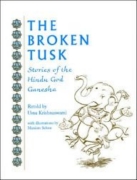
This collection of Hindu folktales for middle readers features stories about the god, Ganesha, who is easily recognized because of his elephant head. Krishnaswami introduces the stories by recalling her own introduction to Ganesha and goes on to offer a mythological context for the tales. Included among the tales are Ganesha’s Head, The Broken Tusk, and ‘Why Ganesha Never Married.

The future is often foretold in stories of the past. As families flee the Debaltseve in Eastern Ukraine in 2015, Ken Goodman’s The Smart One: A Grandfather’s Tale takes us back to families fleeing persecution in Eastern Europe at the turn of the Twentieth Century. It is a compelling story of Jewish migration to America, which begins in Smorgon, now in Belarus, a former Soviet Republic, but at the time Smorgon was in Vilnius, a district of Lithuania, and a part of the Russian Empire.